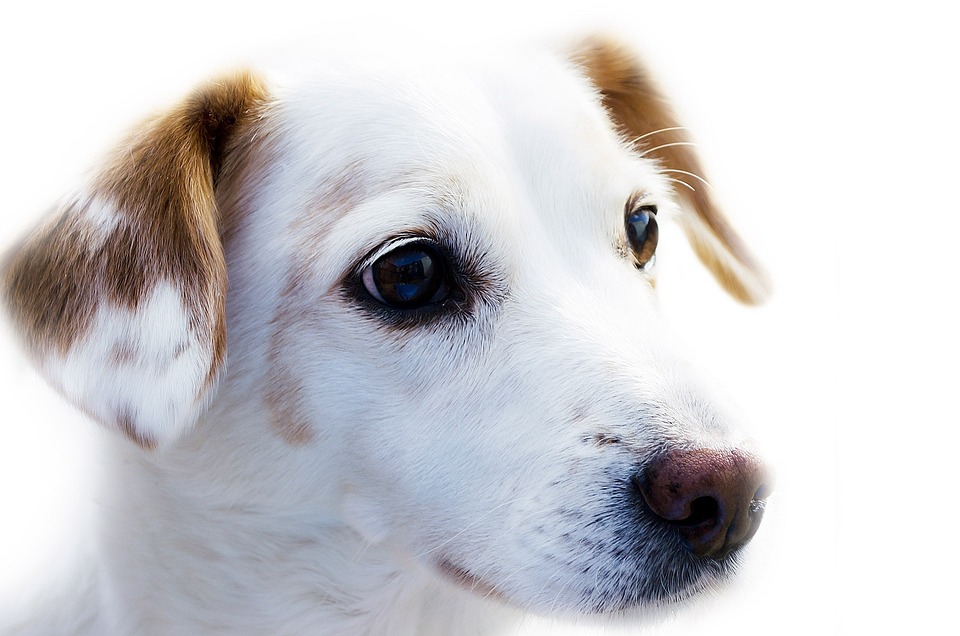Title: Managing Excessive Excitement: The Key to Polite Dog Greetings
Introduction:
Greeting people is an exciting moment for dogs, but some pups tend to get overly enthusiastic, resulting in excessive excitement. While it’s heartwarming to witness your furry friend’s joyful reception, managing their exuberance is crucial for a well-behaved and polite pup. In this article, we will explore effective strategies to help you address and control your dog’s excess excitement during greetings.
I. Understanding Excessive Excitement in Dogs
– What is excessive excitement during greetings?
Excessive excitement during greetings refers to a dog’s exaggerated display of enthusiasm, which may include jumping, barking, and uncontrollable energy levels.
– Why do some dogs exhibit excessive excitement?
There can be several reasons why a dog exhibits excessive excitement during greetings. It could be due to their temperament, lack of training, or a result of their natural instinct to seek attention and social interaction.
– The impact of excessive excitement on social interactions and training
Excessive excitement can hinder positive social interactions, as it may make some people uncomfortable or overwhelmed. Moreover, it can impede training sessions, making it difficult for the dog to focus and learn new commands.
II. Techniques for Managing Excessive Excitement
A. Preparing for Greetings
1. Consistency in training and reinforcement
Consistent training and reinforcement of desired behaviors, such as sitting calmly, can help manage excessive excitement during greetings.
2. Establishing a calm state of mind before greeting
Encouraging your dog to be in a calm state of mind before greeting can help reduce their excitement levels. This can be achieved through activities like a short walk or mental stimulation exercises.
3. Implementing impulse control exercises
Practicing impulse control exercises, such as waiting for permission before approaching new people, can assist in managing excessive excitement during greetings.
B. Training Exercises to Manage Excitement
1. “Sit and Stay” command
Teaching your dog to sit and stay on command can be an effective way to manage their excitement during greetings. This command allows them to remain calm and composed until given permission to approach or interact.
2. “Go to Your Spot” command
Training your dog to go to a designated spot, like a mat or bed, can redirect their excitement and provide them with a sense of structure during greetings.
3. Controlled greetings with familiar individuals
Initially, practicing controlled greetings with familiar individuals can help your dog learn appropriate behavior and gradually reduce their excitement levels.
4. Gradual exposure to new people and environments
Gradually exposing your dog to new people and environments can help them become more accustomed to different situations, reducing their excitement during greetings.
C. Positive Reinforcement and Rewards
1. Using treats and praise for desired behavior
Rewarding your dog with treats and praise when they exhibit calm behavior during greetings reinforces the desired behavior and encourages them to repeat it.
2. Consistency in rewarding calm behavior during greetings
Consistently rewarding calm behavior during greetings helps your dog understand what is expected of them and reinforces their understanding of appropriate greetings.
3. Clicker training for reinforcing calmness
Clicker training can be a useful tool for reinforcing calm behavior during greetings. The click sound acts as a marker for the desired behavior, which is then followed by a reward.
D. Reducing External Triggers
1. Minimizing environmental stimuli during greetings
Reducing environmental stimuli, such as loud noises or crowded spaces, during greetings can help minimize your dog’s excitement levels.
2. Controlling the energy levels of guests
Requesting guests to maintain a calm demeanor and avoid excessive excitement can help manage your dog’s reactions during greetings.
3. Implementing a structured routine to reduce excitement triggers
Establishing a structured routine that includes regular exercise, mental stimulation, and scheduled greetings can help reduce excitement triggers and promote a calmer behavior.
III. Frequently Asked Questions (FAQs)
Q1: Can excessive excitement be a sign of an underlying behavioral issue?
Excessive excitement can sometimes be a sign of underlying behavioral issues, such as anxiety or lack of impulse control. Consulting with a professional trainer or behaviorist can help assess and address any underlying problems.
Q2: How long does it take to train a dog to manage their excitement during greetings?
The time required to train a dog to manage their excitement during greetings can vary depending on the dog’s temperament, training consistency, and the severity of the excitement. It may take weeks to months of consistent training to see significant improvements.
Q3: Are certain dog breeds more prone to excessive excitement?
While certain dog breeds may be more energetic or excitable by nature, excessive excitement during greetings can occur in any breed. Training and management techniques can help address this behavior in all breeds.
Q4: How can I manage my dog’s excitement when meeting children or elderly individuals?
When introducing your dog to children or elderly individuals, it’s essential to ensure a controlled and calm environment. Implementing controlled greetings, providing clear instructions to the individuals involved, and supervising the interactions can help manage your dog’s excitement.
Q5: What are the potential consequences of not addressing excessive excitement during greetings?
Not addressing excessive excitement during greetings can lead to negative social interactions, potential injuries to individuals due to jumping or excessive energy, and difficulty in maintaining control over your dog’s behavior in public spaces.
Conclusion:
Managing excessive excitement during greetings is vital for a harmonious and pleasant interaction between your dog and others. By understanding the causes of excessive excitement and implementing targeted training techniques, you can help your furry friend develop impulse control and exhibit polite behavior when greeting people. Remember, patience, consistency, and positive reinforcement are key to achieving success in managing your dog’s excitement levels.









